A new wave of COVID-19 infections is sweeping across the United States, with a sharp rise in cases reported across several states in the West and South Central regions. As of the latest public health data, states including Texas, California, Oregon, Nevada, and New Mexico are experiencing the most significant spikes. This resurgence has reignited concerns among health officials and the public alike, especially as seasonal shifts and evolving virus variants continue to influence transmission patterns.
Recent reports indicate that hospitalizations and test positivity rates have climbed notably in Western states. California, the most populous U.S. state, has seen a steady increase in emergency room visits linked to COVID-19. Similarly, Texas is reporting higher case counts, particularly in urban centers such as Houston, Dallas, and Austin. Public health departments in Nevada and Oregon have also issued alerts, urging residents to stay vigilant and consider protective measures, especially in indoor and crowded settings.
New Mexico, though smaller in population, is not immune to the surge. Local health authorities have noted a rise in wastewater viral levels—an early indicator of community spread—suggesting that actual case numbers may be underreported due to at-home testing.
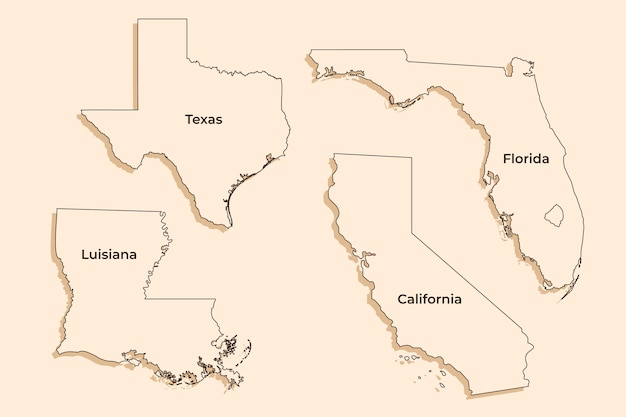
Hotspots emerging across Western and South Central states
Several factors are believed to be contributing to the current uptick in infections. One major driver is the emergence of new subvariants of the Omicron strain, which appear to be more transmissible and capable of evading prior immunity from vaccination or previous infection. These variants are now dominant in many regions, reducing the effectiveness of earlier immune responses.
Additionally, seasonal changes are playing a role. As temperatures drop and people spend more time indoors with limited ventilation, the risk of respiratory virus transmission increases. The return to school and holiday gatherings may also be accelerating spread, especially in densely populated areas.
Another contributing factor is the decline in public health measures. Mask mandates have been lifted in most areas, and routine testing has become less common. With fewer people testing—especially using at-home kits—official case counts may not reflect the full scope of transmission.
Public health agencies are closely monitoring the situation. While hospitalization rates remain below previous peaks, officials caution that increased transmission could strain healthcare systems, particularly in regions with lower vaccination rates or limited medical resources.
Wastewater surveillance continues to serve as a critical early warning system. Elevated levels of SARS-CoV-2 in sewage samples across multiple cities suggest community spread is expanding, even when clinical case reporting is inconsistent.

Health departments using data to track virus spread
Despite the relaxation of mandates, experts continue to recommend several key steps to reduce risk:
Vaccination remains the most effective tool in preventing severe illness, hospitalization, and death. Updated boosters targeting newer variants are widely available and recommended for all adults and eligible children.
The current surge underscores the unpredictable nature of the pandemic. While the U.S. is no longer in a state of emergency, the virus continues to circulate and evolve. Public health preparedness, individual responsibility, and access to medical care will remain crucial in managing future waves.
Communities in the hardest-hit regions are encouraged to stay informed through local health departments and trusted sources. Timely access to testing, treatment, and vaccines can help mitigate the impact of this surge and protect the most vulnerable.
As we move into the winter months, vigilance remains key. The lessons learned over the past few years—about hygiene, vaccination, and community care—continue to apply. By taking simple, proactive steps, individuals can help slow transmission and support a healthier season for all.

Health

Health

Health

Health

Health

Health
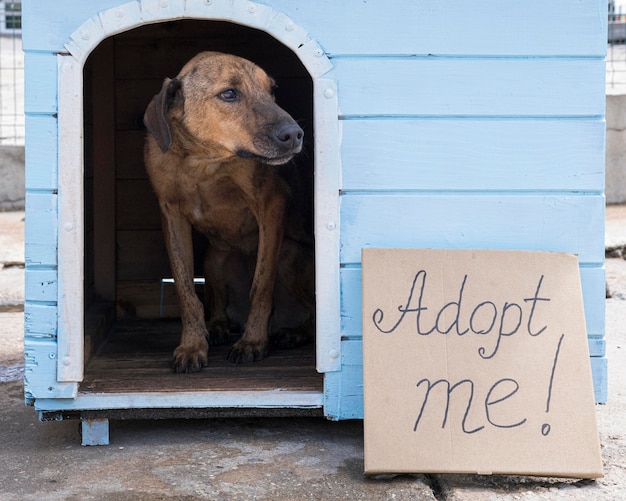
Health
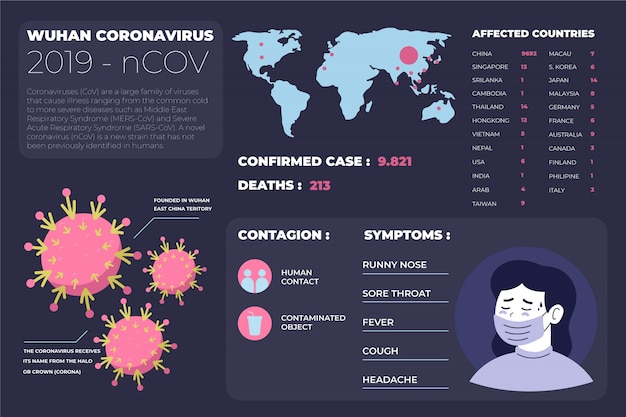
Health

Health
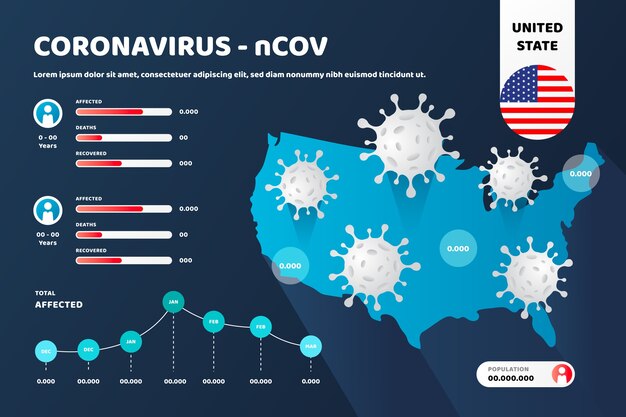
Health
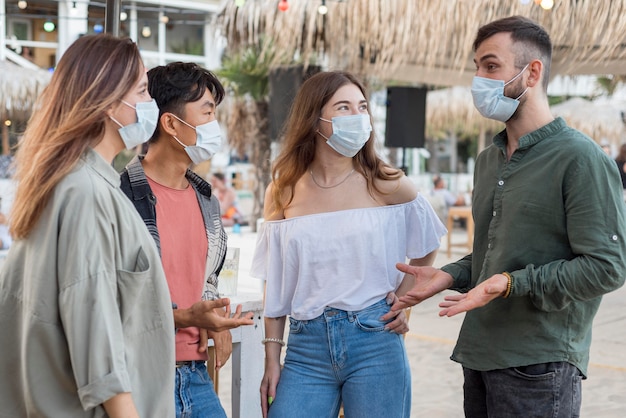
Health
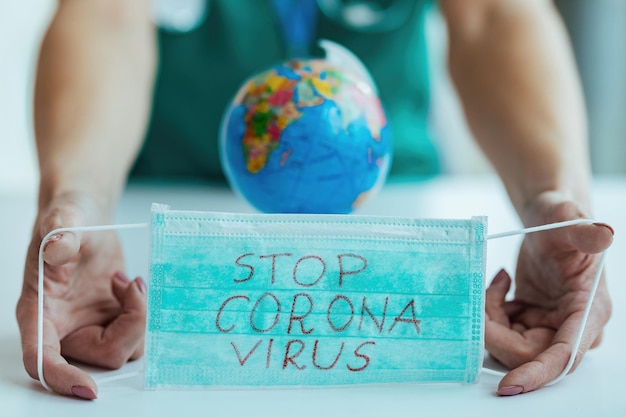
Health

Health

Fitness

Health

Health